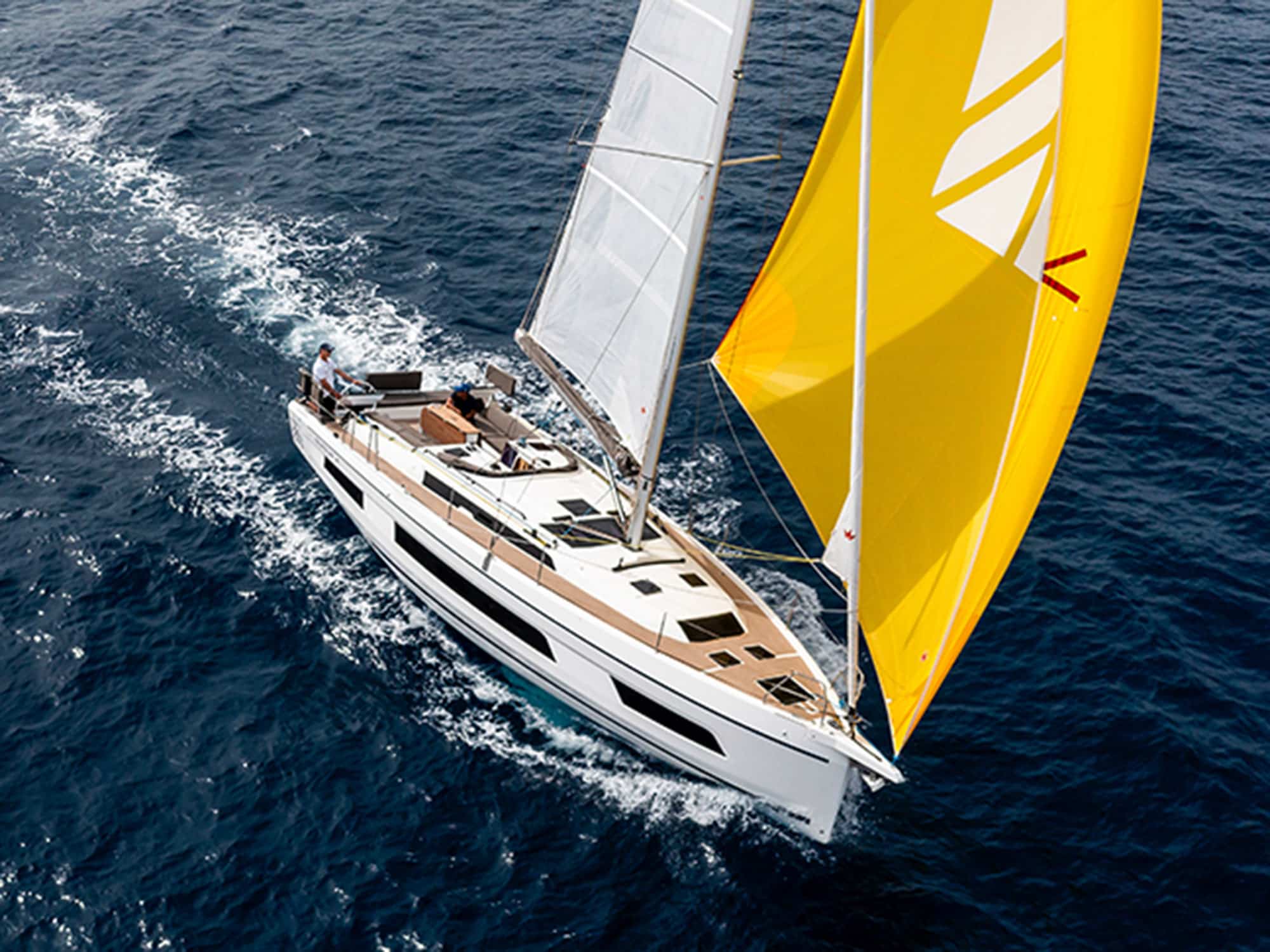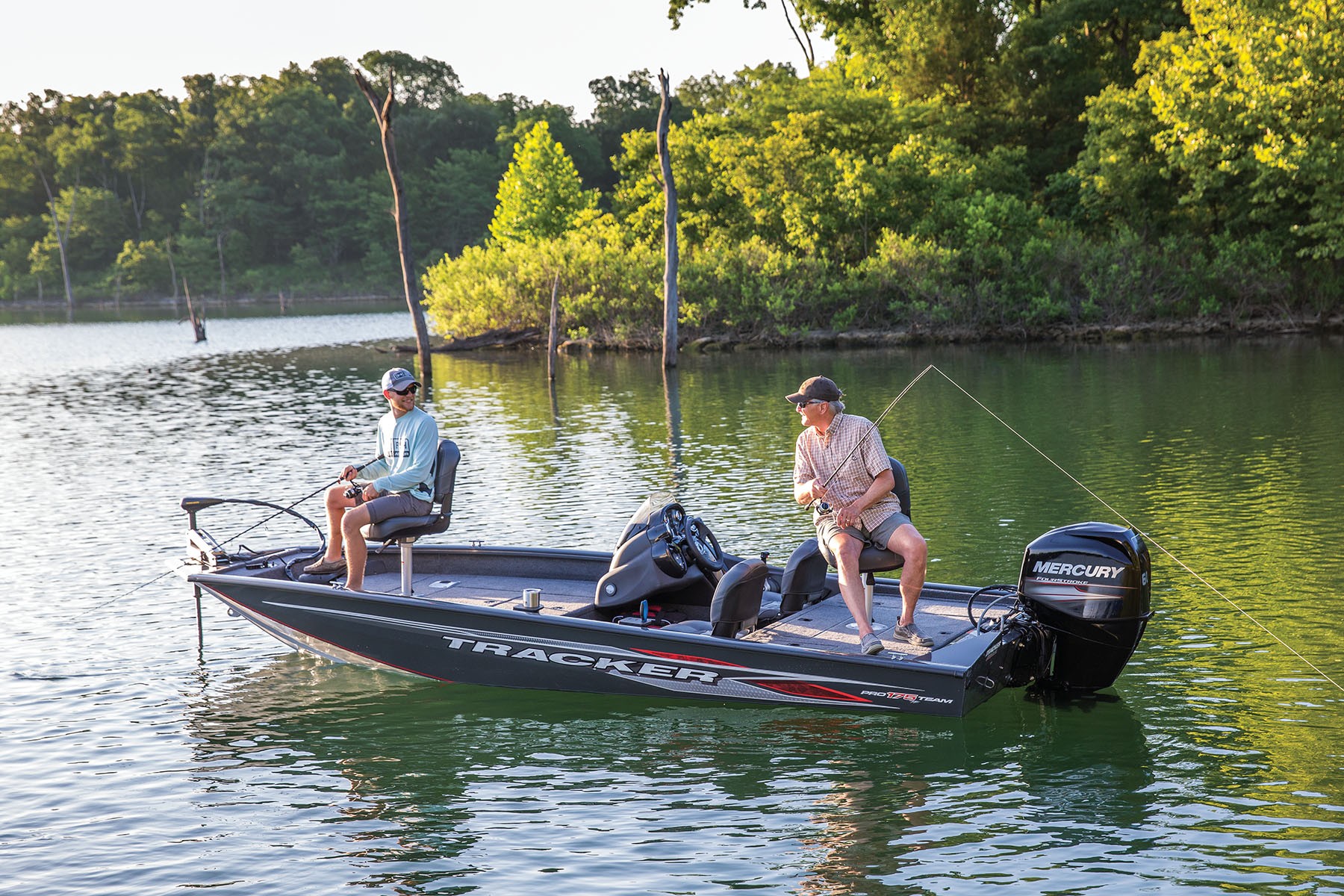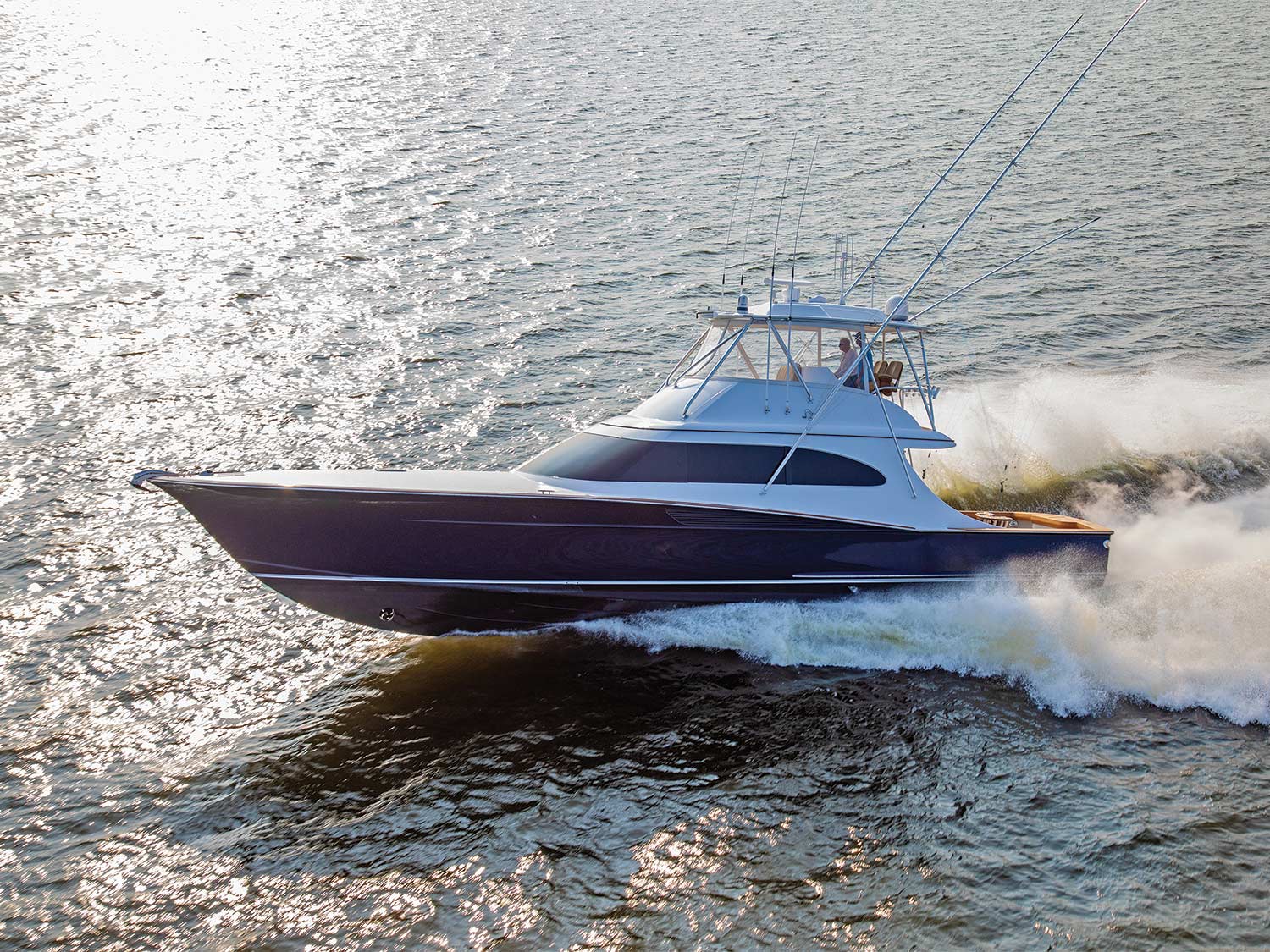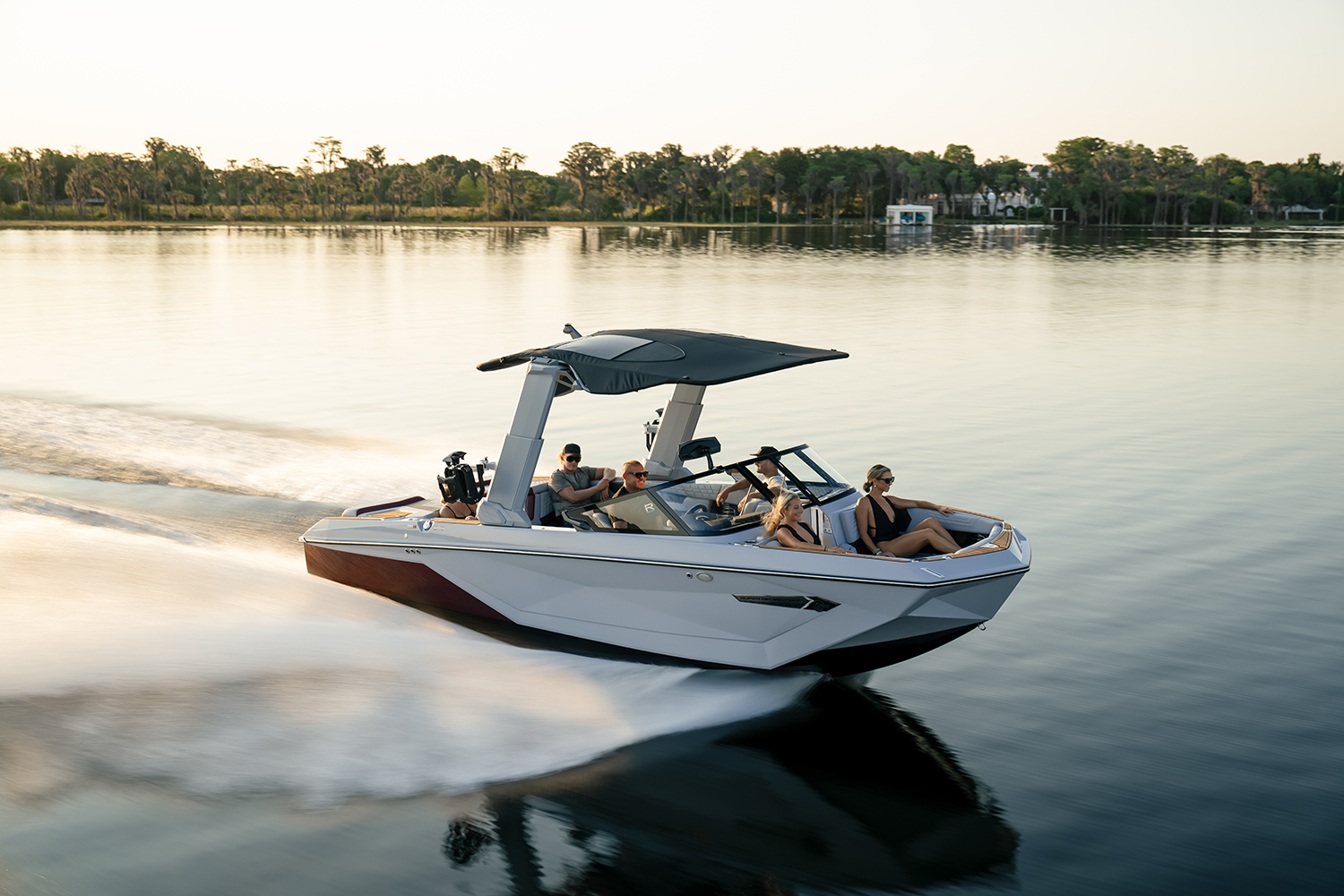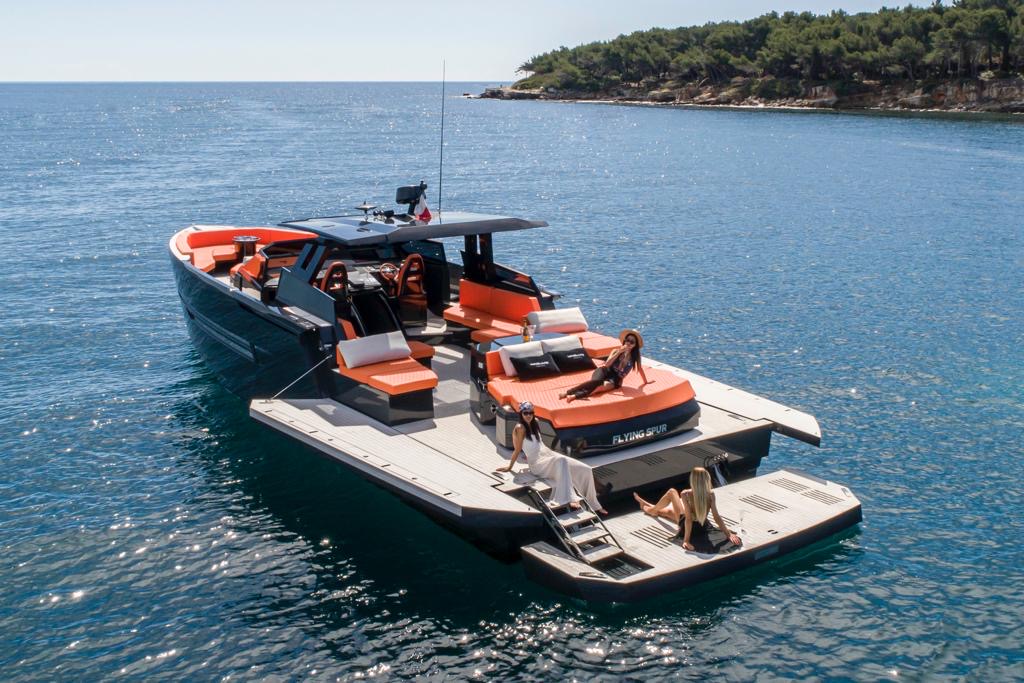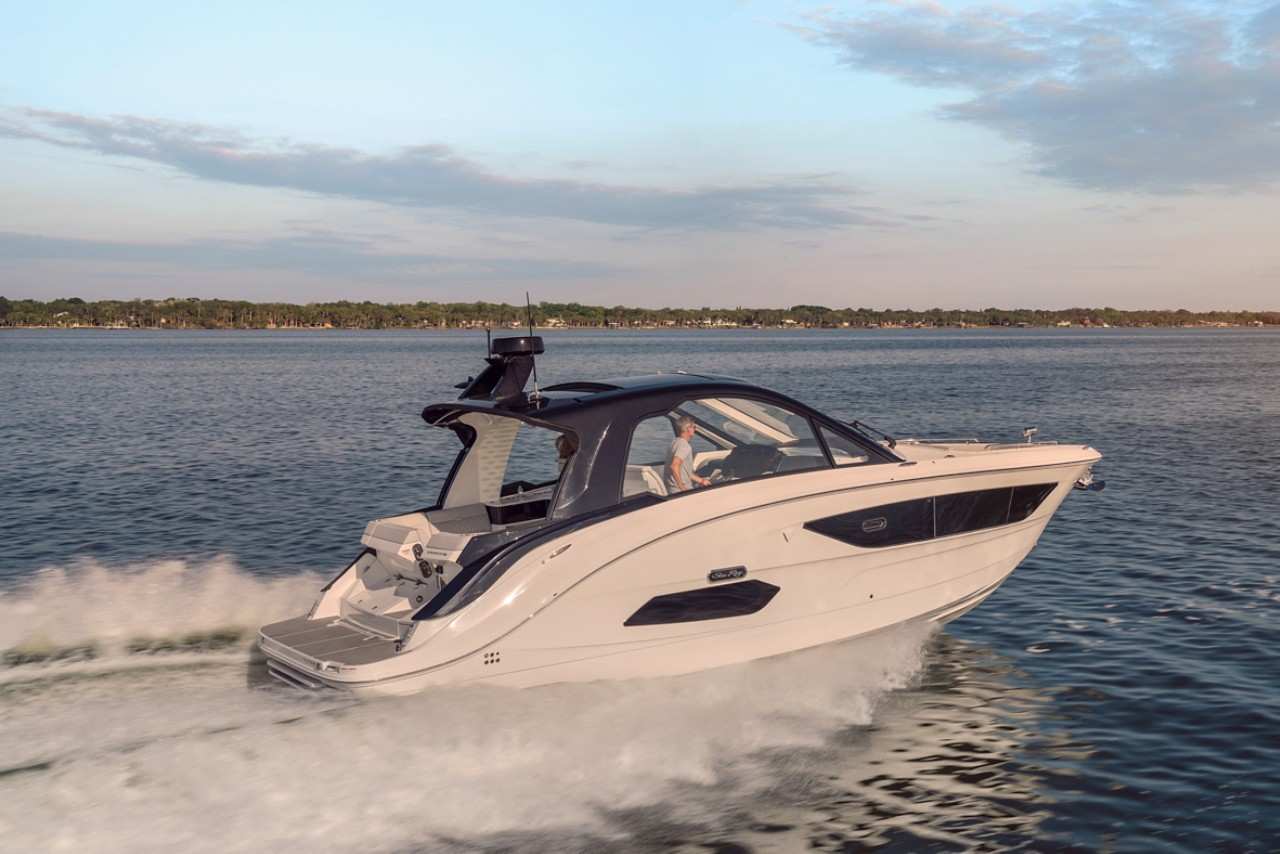Exploring Boating by Activity
Exploring Boating by Type
Boating is an enjoyable activity that offers enthusiasts a chance to explore the water and connect with nature. As interest in boating grows, it is important to understand the various types of boats available, each designed for specific purposes and providing unique experiences. By comprehending these distinct categories, individuals can make more informed decisions when selecting the ideal boat for their needs.
From powerboats to sailboats, fishing boats to cruisers, the world of boating boasts a diverse range of vessels that cater to different preferences and activities. Knowing the more...
Key Takeaways
- A wide range of boats caters to diverse preferences and activities in the boating world.
- Better understanding of different boat types can help boaters make informed decisions about their ideal vessel.
- Thorough knowledge of various boats enhances both novice and experienced boaters' experiences on the water.
Understanding Different Types of Boats
When it comes to exploring the world of boating, there is a wide variety of boat types designed for different purposes and activities. Each type of boat is engineered to perform optimally in specific conditions and offer unique experiences for their users. All these boats can be classified into various categories, such as displacement hulls, catamarans, and others. To fully appreciate the experience offered by boating, one should become familiar with some of the most common types of boats.
A crucial aspect of boats is the hull design, which significantly influences the boat's performance, stability, and overall functionality. One key type of hull is the displacement hull. These hulls are mainly found in cruisers, trawlers, and sailboats. Displacement hulls push through the water, displacing it to make a path, thereby providing a smoother and more comfortable ride. These boats are typically designed for longer voyages and prioritize fuel efficiency over speed.
Another popular type of boat is the catamaran. Catamarans are multi-hulled vessels, usually featuring two parallel hulls connected by a frame. They are known for their stability, efficiency, and spaciousness, making them a popular choice for leisure activities, fishing, and even some commercial purposes. Catamarans offer a significantly larger surface area than monohulled boats, providing ample space for passengers and crew members to relax and move around with ease.
There are also powerboats designed for various purposes, such as fishing, water sports, and leisure cruising. Some common types of powerboats include bowriders, bass boats, and cabin cruisers. Bowriders are versatile boats suitable for various water activities due to their open bow seating areas, while bass boats are specialized fishing boats with swivel chairs and trolling motors. In contrast, cabin cruisers offer more comfort and amenities for overnight stays and extended trips.
In addition to these, sailboats offer a different kind of boating experience, harnessing the power of wind and requiring a different set of skills for maneuvering. Sailboats come in various shapes and sizes, from small dinghies to large multi-hulled yachts. They rely on sails and keels for propulsion and are suitable for both recreational and competitive sailing.
In conclusion, the world of boating is diverse and full of opportunities to explore the water in different ways. By understanding the various types of boats, such as displacement hulls, catamarans, powerboats, and sailboats, one can choose the right boat for their desired boating experience. Ultimately, the key to enjoying these water-based adventures is to appreciate the unique qualities of each boat type and match them with your preferences and needs.
Power Boats and Their Variations
Power boats come in various types, each designed for specific activities and purposes. In this section, we will discuss four main types of power boats: bass boats, deck boats, runabouts, and bowriders.
Bass Boats
Bass boats are designed for anglers who are passionate about freshwater fishing. These boats typically feature a sleek, low-profile design, allowing for easy navigation in shallow waters. They are characterized by their powerful engines, providing speed and agility to quickly reach fishing spots. Bass boats also have ample storage for fishing gear and have specialized features like livewells, rod lockers, and trolling motors. In terms of weight, bass boats tend to be lighter than other power boats, making them easier to tow and maneuver.
Deck Boats
Deck boats are designed for versatility and socializing on the water. They have a wide beam, providing plenty of space for entertaining guests or water sports activities. These boats typically have a V-shaped hull, allowing them to cut through the water smoothly while maintaining stability at high speeds. Deck boats often come with powerful engines, suitable for towing water skiers or wakeboarders. Key features of deck boats include a spacious layout, comfortable seating options, and a swim platform for easy access to the water.
Runabouts
Runabouts are small, versatile power boats designed for a variety of recreational activities, including cruising, fishing, or water sports. Runabouts typically measure between 18 and 25 feet in length, making them an affordable and manageable option for many boaters. They offer a good balance of speed, power, and weight, ensuring an enjoyable boating experience. Runabouts may be equipped with either an outboard or inboard engine, depending on the model and intended use. Some common features of runabouts include ample seating, a swim platform, and storage for water sports equipment.
Bowriders
Bowriders are a popular type of runabout, distinguished by their open bow area, which provides additional seating for passengers. This boat design allows for an increased capacity, making it ideal for socializing and entertaining on the water. Bowriders are equipped with powerful engines and often have a sporty appearance, providing excellent performance for water sports activities. Key features of bowriders include comfortable seating arrangements, a sleek design, and a swim platform. They can adapt well to various water conditions, making them a popular choice among boating enthusiasts.
Sailing Boats
Sailing boats are a popular type of recreational watercraft that rely on the power of the wind to propel them forward. They come in various sizes and designs, making them suitable for a wide range of sailing activities, from leisurely cruising to competitive racing. No matter the use, sailing boats have a unique charm and a strong connection to the natural environment.
Sailboats are equipped with sails, which are large pieces of fabric that catch the wind and transform it into forward motion. The process is known as sailing and relies on the skill and experience of the sailor to adjust the sails and steer the boat in the desired direction. Wind direction and intensity play a major role in sailing, making it a dynamic and exciting activity that requires constant attention and adaptation.
There are several types of sailboats to choose from, designed to cater to different preferences and needs. Some popular types include dinghies, catamarans, and keelboats. Dinghies are small, lightweight boats that are easy to maneuver, making them ideal for beginners or single-handed sailing. Catamarans are characterized by their two parallel hulls and provide a stable platform for cruising, while keelboats are larger vessels, typically used for long-distance sailing or racing events.
In addition to the various boat designs, there are also different types of sails to consider. The two main categories are square sails and triangular sails, with each offering its own advantages in terms of performance and ease of use. Square sails are more efficient at capturing the wind's power, but are generally more challenging to handle. Triangular sails, on the other hand, are easier to manipulate and are commonly found on modern sailboats.
Sailing is a rewarding and environmentally friendly way to explore the world of boating. It allows for intimate experiences with natural elements, as the wind carries the boat across the water. As a leisure activity or a competitive sport, sailing offers endless opportunities for adventure, camaraderie, and personal growth.
Fishing Boats
Fishing boats are designed specifically to cater to the needs of anglers, providing them with various features and equipment that enhance their fishing experience. This section will discuss the main types of fishing boats: Freshwater Fishing Boats, Saltwater Fishing Boats, All-Purpose Fishing Boats, and Bass Boats.
Freshwater Fishing Boats
Freshwater fishing boats are designed for use in lakes, rivers, and streams. They are lightweight, easy to maneuver, and often feature shallow drafts to navigate shallow waters. Some popular freshwater boat types include Jon Boats, which are flat-bottomed boats with simple bench-style seating, and aluminum fishing boats, which are durable and low-maintenance. Freshwater fishing boats may also come equipped with live wells, rod storage, and other features that cater to the needs of anglers.
Saltwater Fishing Boats
Saltwater fishing boats are built to withstand the harsher conditions of the open ocean, offering greater stability and durability compared to freshwater boats. They come in various sizes, from small skiffs to large offshore sportfishing vessels. Some common types of saltwater fishing boats are center console boats, which provide anglers with a 360-degree fishing platform, and walkaround boats, which allow easy movement around the vessel. These boats often feature live bait wells, fish lockers, and built-in tackle storage to accommodate the needs of saltwater anglers.
All-Purpose Fishing Boats
All-purpose fishing boats combine the features of both freshwater and saltwater fishing boats, enabling versatile use in different water environments. They usually offer ample seating and storage space for fishing gear, making them suitable for anglers who enjoy fishing in various water conditions. These boats can handle choppy waters and provide a comfortable, stable platform for fishing activities in both freshwater and saltwater environments.
Bass Boats
Bass boats are specifically designed for bass fishing, a popular sport among freshwater anglers. They are characterized by their sleek, low-profile designs, which enable them to navigate shallow waters and reach high speeds. Bass boats often feature powerful outboard motors and advanced electronics, such as fish finders and GPS systems, to aid anglers in locating and catching their desired fish species. Large casting decks, ample storage for fishing gear, and built-in live wells make these boats a favorite among bass fishermen.
Pontoon Boats
Pontoon boats are a popular choice for recreational boating due to their versatility, stability, and ease of use. Constructed with large, buoyant pontoons, these boats offer a stable platform to accommodate a range of activities, such as fishing, swimming, and lounging. The stability of pontoon boats is further enhanced by the presence of the pontoons, which minimize the rocking motion from waves or boat wakes, ensuring a comfortable experience for passengers.
One key advantage of pontoon boats is their spacious deck layout, which allows for ample seating, storage, and entertainment options. This makes pontoon boats ideal for social outings, as they can comfortably accommodate larger groups of people. While pontoons are often associated with leisurely pursuits, they can also be outfitted with powerful engines, enabling them to reach higher speeds for watersports or faster cruising.
In terms of safety, pontoon boats have a lower risk of capsizing compared to other types of boats due to their inherent stability. However, it is still important for boaters to adhere to safety guidelines, such as maintaining proper speeds and wearing life jackets, especially when participating in activities that increase the possibility of going overboard. A study has found that piled floating pontoons have dynamic motions under boat wake conditions, which can impact postural stability and overall safety on board.
With various sizes, styles, and features available, pontoon boats cater to a wide range of boating preferences. This adaptability, combined with the stability and spaciousness they offer, has contributed to their enduring popularity among boaters seeking a versatile and enjoyable on-water experience.
Cruisers
Cruisers are a popular type of recreational boat designed for both comfort and performance. They come in various sizes and styles, making them suitable for a wide range of boating activities, such as fishing, water sports, and weekend getaways. Cabin cruisers, a subtype of cruisers, are known for their comfortable living quarters and make for excellent choices for extended stays on the water.
One of the key features of cruisers is their versatility. These boats typically range from 20 to 45 feet in length, making them suitable for both inland and coastal waters. They come equipped with various amenities such as a kitchen, bathroom, bedroom, and living area, ensuring a comfortable experience for boaters. Cruising speeds can vary significantly based on the size and design of the boat, but most cruisers are capable of maintaining a comfortable cruising speed of around 20 to 30 knots.
Cabin cruisers specifically are designed with comfortable living spaces and features that make them perfect for spending several days on the water. These boats often include separate sleeping quarters for added privacy and convenience. In addition, the spacious and well-equipped cabins found on these boats make it easier for boaters to live and relax while enjoying their time out on the water.
When selecting the ideal cruiser, potential buyers must consider several factors, such as the intended use of the boat, its size, performance capabilities, and budget constraints. Some cruisers are designed with sportier performances in mind, while others prioritize leisurely cruising and comfort. Boaters must also weigh the trade-offs between amenities and performance, as more luxurious boats may sacrifice speed and efficiency.
In conclusion, cruisers, particularly cabin cruisers, enable boating enthusiasts to enjoy both comfort and performance on the water. Their versatility and range of features make them an excellent choice for weekend getaways, fishing trips, or extended cruising adventures. With a confident and knowledgeable approach, boaters can select the ideal cruiser to meet their needs and preferences in terms of size, style, and functionality.
Water Sport Boats
Water sport boats are specifically designed to cater to various water-based recreational activities, providing thrilling experiences for enthusiasts. These boats come in different shapes and sizes, offering unique features for specific sports. In this section, we will discuss two popular types of water sport boats: ski boats and wake boats.
Ski Boats
Ski boats are built to enable high-speed towing of individuals participating in watersports such as water skiing and wakeboarding. These boats possess powerful engines, often reaching high speeds, to provide an exhilarating experience for the water sports lover. A key feature of ski boats is their handling capabilities, which allow for precise maneuvering at high speeds.
Ski boats are typically compact and relatively lightweight, enabling the boat to operate smoothly and efficiently. Additionally, these boats are designed to produce minimal wakes, ensuring a stable platform for the individual being towed in the water.
Some of the popular ski boat models include MasterCraft ProStar, Malibu Response TXi, and Ski Nautique by Nautique Boats.
Wake Boats
Contrary to ski boats, wake boats are designed to create larger wakes for individuals engaging in water-based sports such as wakeboarding and wakesurfing. These boats feature specialized hull designs, often accompanied by ballast systems, to create bigger wakes that provide optimal conditions for wake sports enthusiasts.
Wake boats, also known as wakeboard boats, are equipped with towers that allow the tow rope to be attached at a higher point, giving the rider more height during jumps and aerial tricks. These boats also come with advanced technology like speed control systems to maintain a steady speed while towing a rider.
Prominent wake boat models include the MasterCraft X-Star, Malibu Wakesetter, and Super Air Nautique by Nautique Boats.
In conclusion, water sport boats offer specialized features catering to the needs of watersports enthusiasts. Whether you're looking for the speed and handling of a ski boat or the large wakes created by a wake boat, your choice will depend on the specific type of water sport you wish to engage in.
Other Types of Boats
Dinghies
Dinghies are small, lightweight boats typically used for leisure activities or as a means of transportation to larger vessels. They can be powered by oars, sails, or a small outboard motor. These versatile boats are popular for their stability and ease of use, making them a great choice for beginners and experienced boaters alike.
Jet Boats
Jet boats are designed for speed and agility, using a jet propulsion system instead of a traditional propeller to move across the water. They are popular for their ability to operate in shallow water, making them ideal for exploring rivers and other shallow bodies of water. Jet boats are perfect for thrill-seekers looking to experience high speeds and sharp turns on the water.
Inflatables
Inflatable boats, often referred to as inflatables, are lightweight and portable vessels made from flexible materials like PVC or Hypalon. They can be easily inflated and deflated, allowing for easy transport and storage. Inflatables are versatile and can be used for a variety of activities, from recreational boating to rescue operations. These boats are often powered by a small motor or can be rowed using oars.
Kayaks
Kayaks are narrow, lightweight boats designed for paddling through various water environments, including lakes, rivers, and oceans. They come in different styles and configurations, such as sit-on-top, sit-inside, and tandem kayaks, to accommodate different types of paddlers and preferences. Kayaks are popular for their ease of use and ability to navigate through tight waterways, making them an excellent choice for exploring and enjoying nature on the water.
Frequently Asked Questions
What are the top recreational boats for exploration?
Recreational boats come in a variety of shapes and sizes, each offering unique benefits for exploration. Some top choices might include:
- Bowriders: These versatile boats are popular for their open seating areas, perfect for socializing and enjoying the water.
- Center consoles: Designed for fishing and open-water activities, these boats offer a wide deck, plenty of storage space, and a central helm for navigating.
- Sailboats: For a more leisurely exploration experience, sailboats provide a relaxing way to travel relying mainly on wind power.
Which boats are best suited for river adventures?
When choosing a boat for river adventures, factors such as river size, water conditions, and desired activities should be considered. Some suitable options might include:
- Canoes and kayaks: These lightweight, shallow-draft boats are perfect for navigating narrow, shallow, or rocky rivers.
- Jon boats: Flat-bottomed and stable, these boats are well-suited for calm rivers and fishing activities.
- Inflatable rafts: With their buoyancy and flexibility, inflatable rafts can handle various river conditions, making them a popular choice for whitewater rafting.
How do cabin cruiser boats differ from other types?
Cabin cruisers are distinguishable from other boat types due to their spacious and comfortable on-board accommodations. Often featuring a galley, sleeping quarters, and bathroom facilities, cabin cruisers allow boaters to enjoy extended stays on the water. They usually have a larger size and require more powerful engines, which can make them less fuel-efficient compared to smaller boat types.
What are some popular pontoon boat uses?
Pontoon boats are versatile and adaptable, with a wide range of potential uses. Some common activities include:
- Leisurely cruises: With their stable platform and ample seating, pontoon boats are perfect for scenic trips with friends and family.
- Fishing: The spacious deck of a pontoon boat offers plenty of room for anglers to cast lines and move around freely.
- Water sports: Many pontoon boats can be equipped with ski pylons or tow bars to facilitate activities such as wakeboarding and tubing.
What are the key features of bass boats?
Bass boats are specifically designed for freshwater fishing and have several features that cater to this activity:
- Sleek, low-profile hull design: This allows anglers to maneuver easily through shallow water and reach narrow fishing hotspots.
- Powerful engines: Bass boats often feature high-horsepower outboard engines for fast travel between fishing spots.
- Elevated casting decks: These provide a spacious and stable platform for casting lines and reeling in catches.
What factors determine the safest boat to buy?
When looking to purchase a safe boat, several factors should be considered:
- Boat size and type: Smaller boats may be more susceptible to instability in rough waters, whereas larger boats can better handle adverse conditions.
- Hull design: Some hull designs, such as deep-V hulls, provide improved stability and smoother rides in choppy conditions.
- Manufacturer reputation: Always research the boat manufacturer and seek out recommendations to ensure a reliable and well-constructed vessel.
- Safety features: Look for boats equipped with essential safety gear, such as lifejackets, fire extinguishers, and navigation lights.
- Maintenance history: Regular maintenance and service checks are crucial for ensuring the boat's integrity and performance remain optimal.
- Filter by class:
- All Classes (80)
